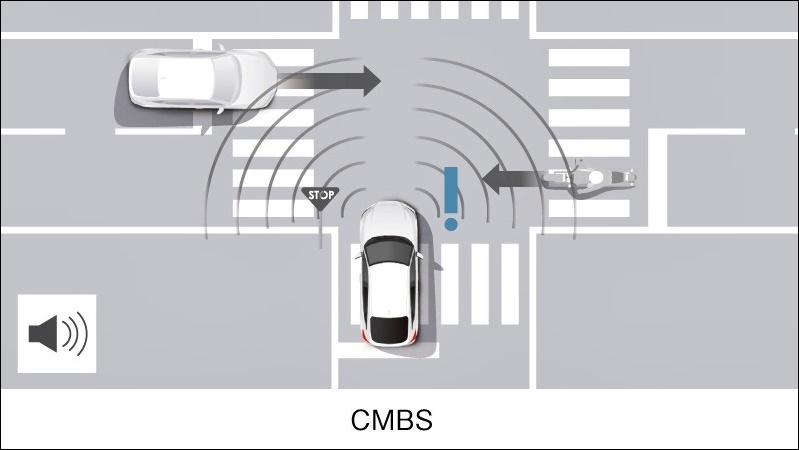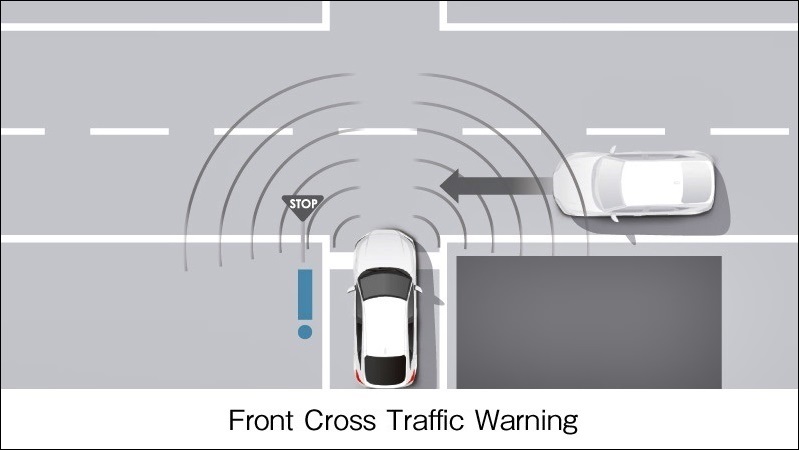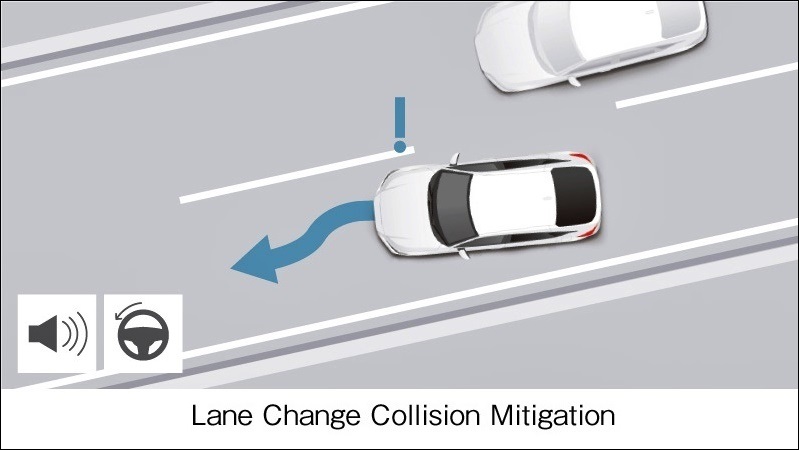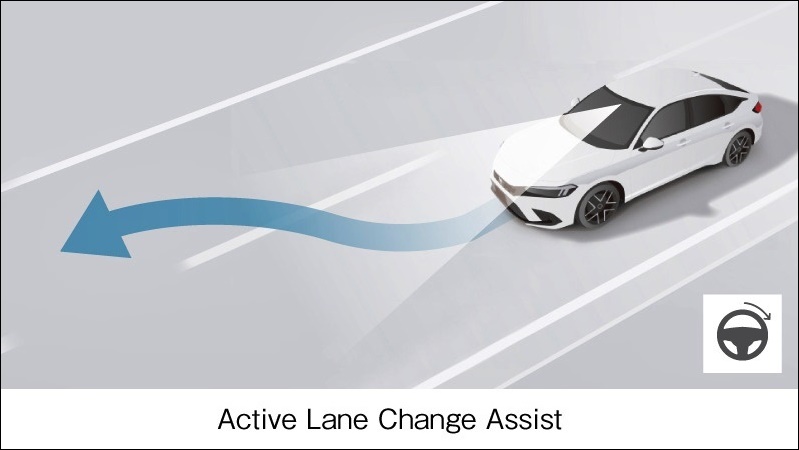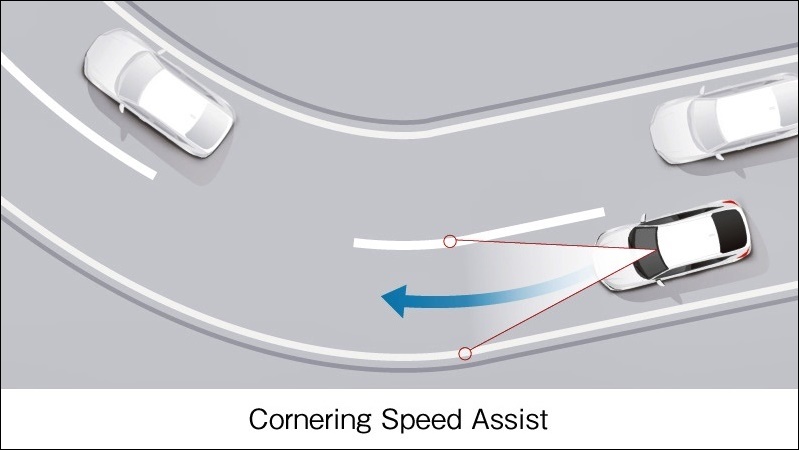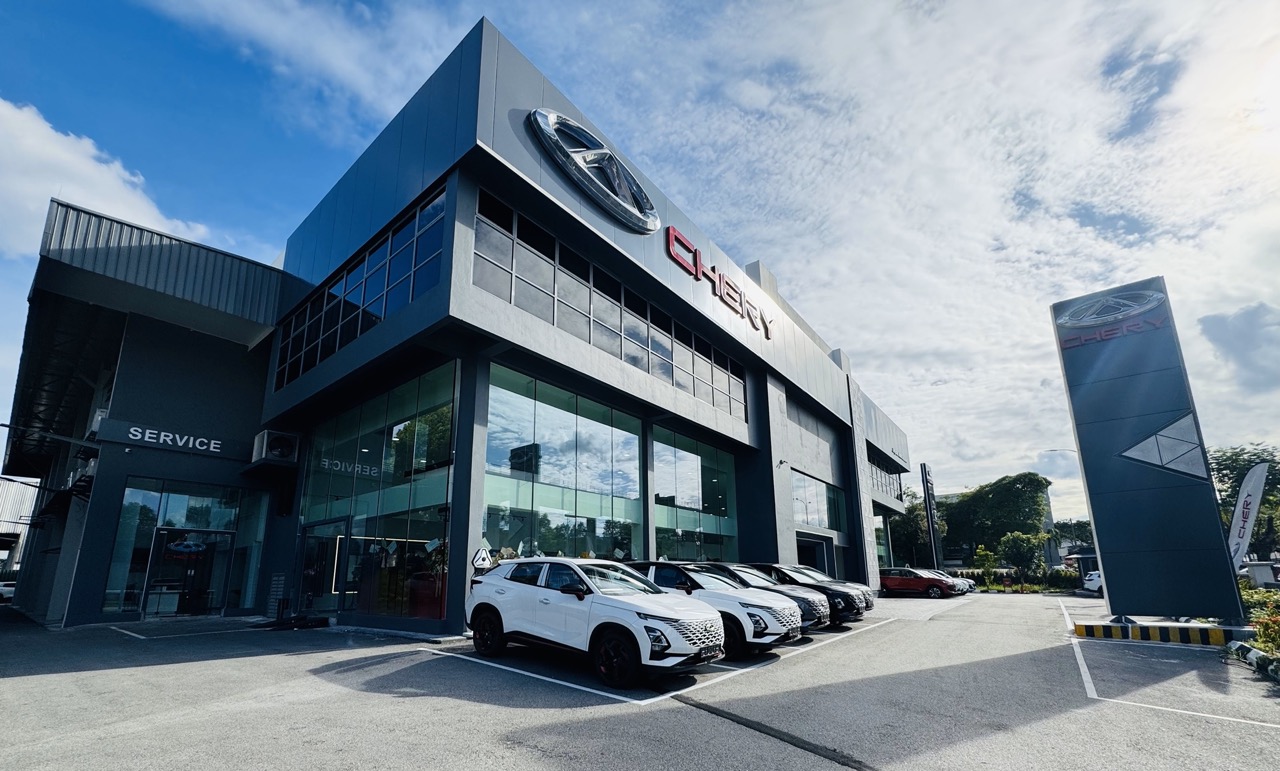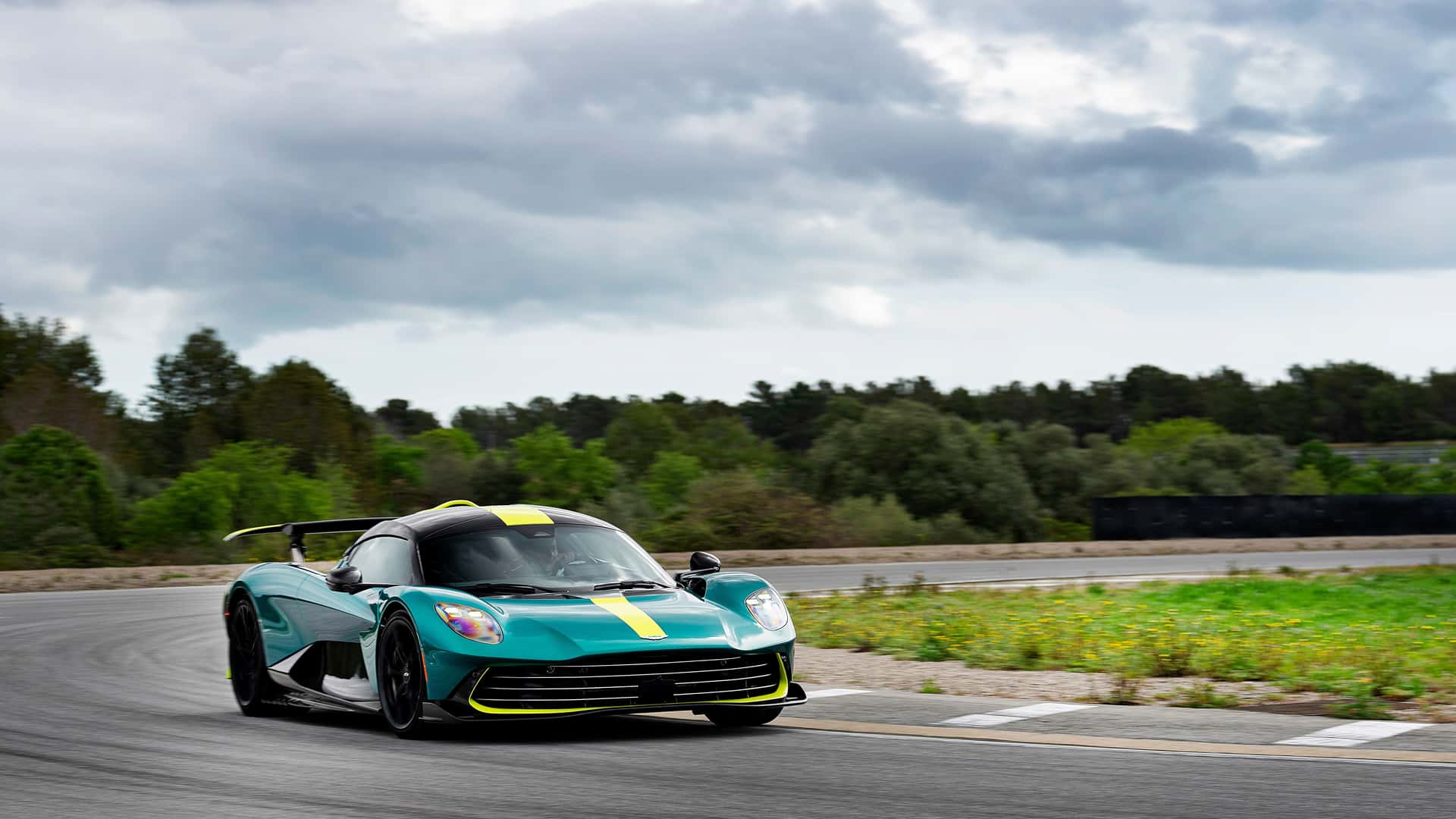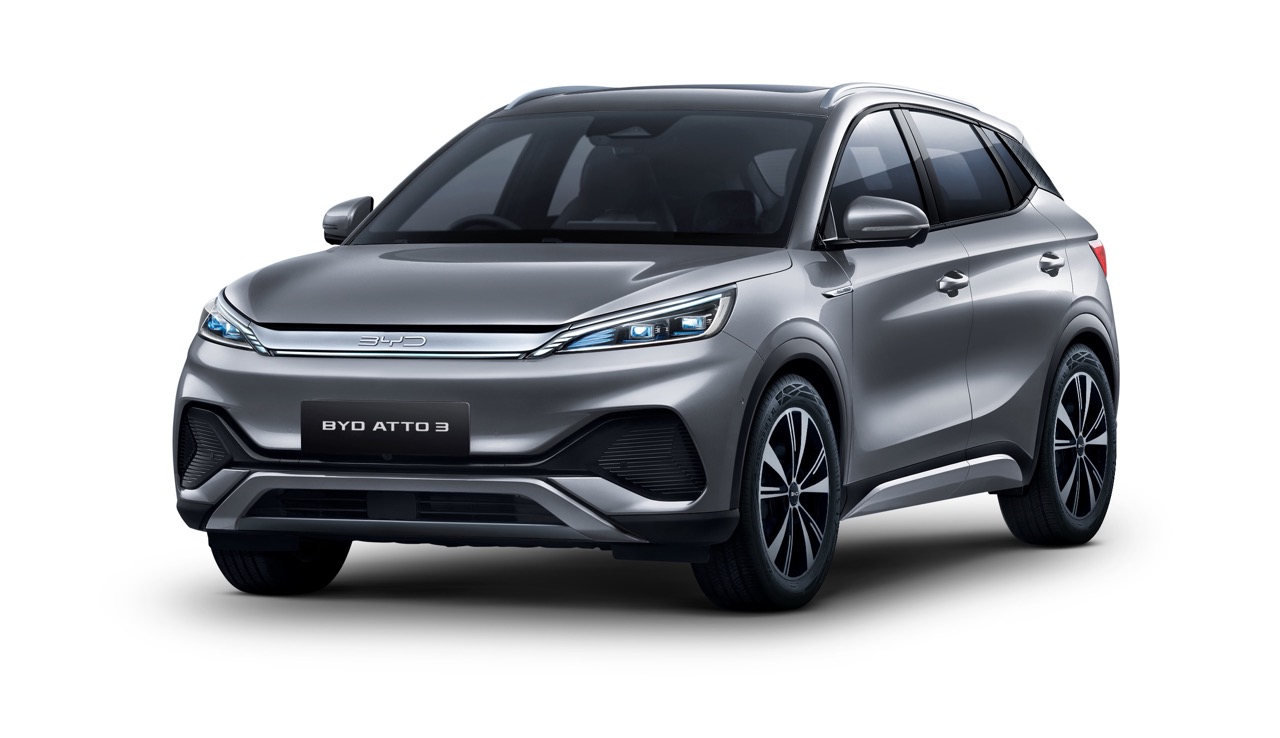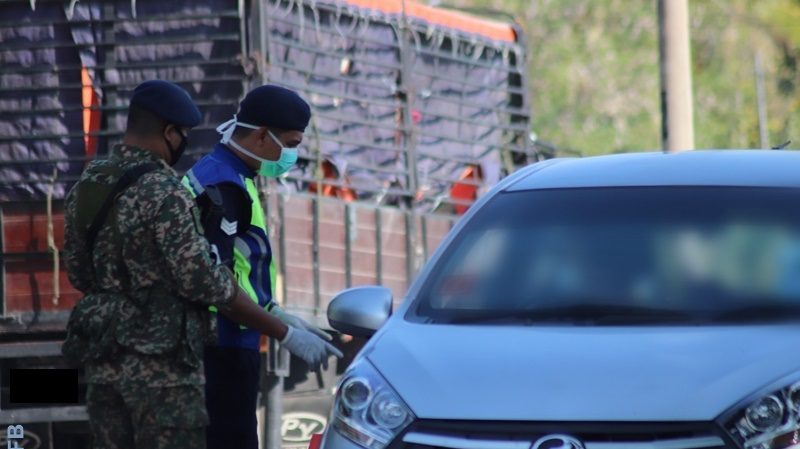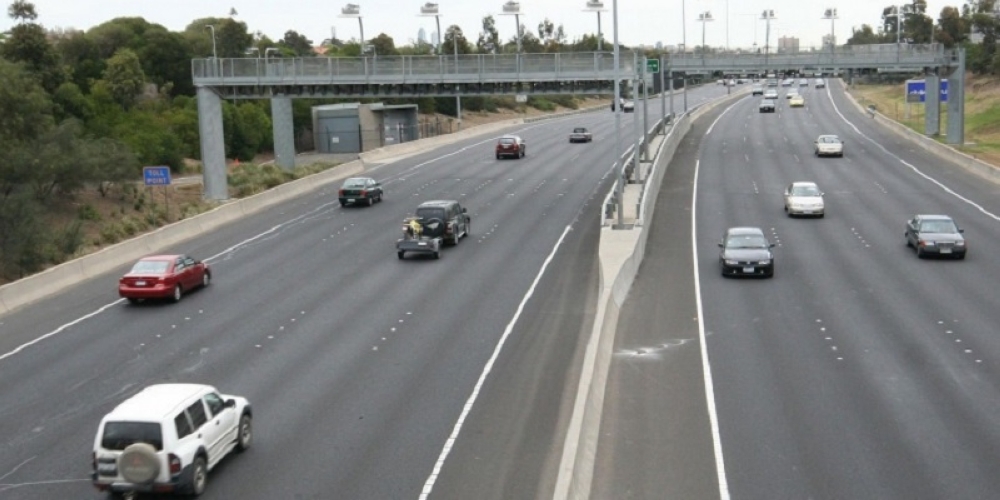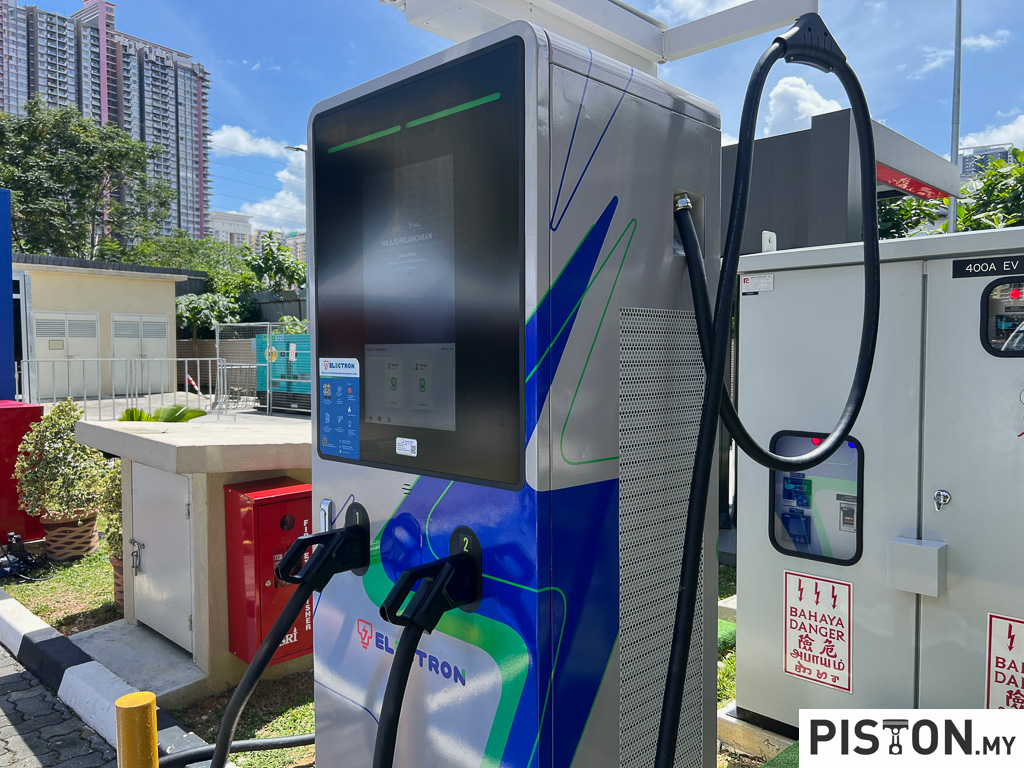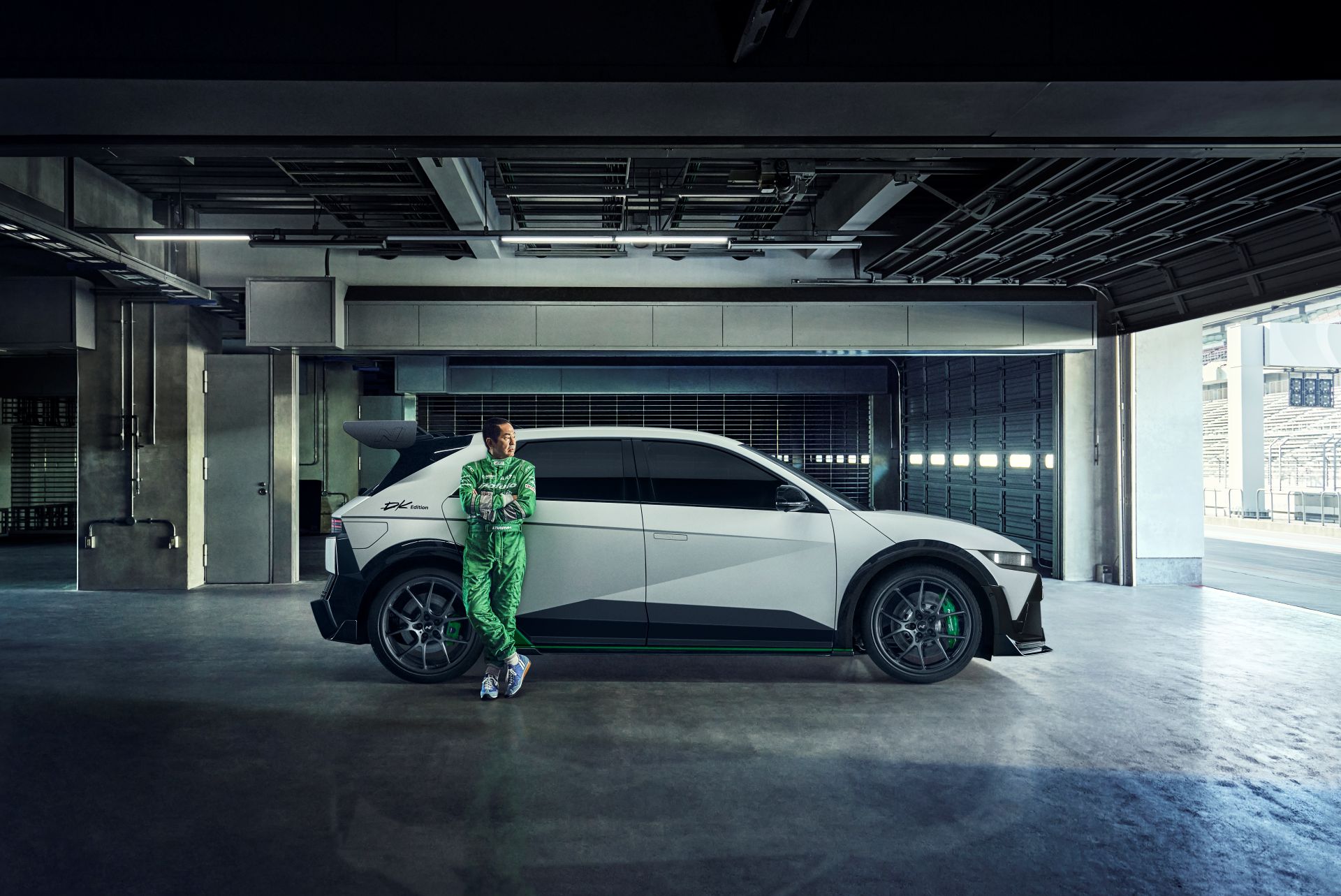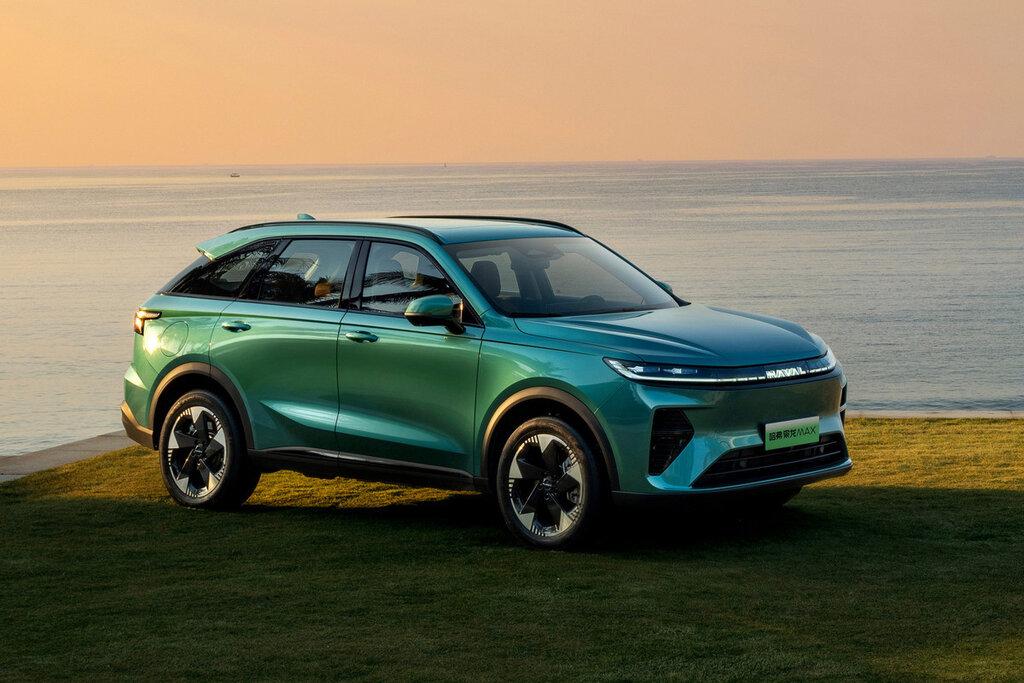Where active safety systems like ABS, traction control and vehicle stability control used to work independently, the new approach over the past 10 years has been to integrate many of the systems, which also share sensors, to increase proactive performance. Many manufacturers have such integrated systems now and they have various names, with Honda calling its system Honda SENSING.
Honda SENSING was developed as part of the company’s long-standing R&D program to realise the global concept of ‘Safety for Everyone’. This aims to have a collision-free society encompassing all the different road-users. While the driver’s responses are still major factors in preventing an accident, Honda SENSING can also take independent action if the driver fails to do so.
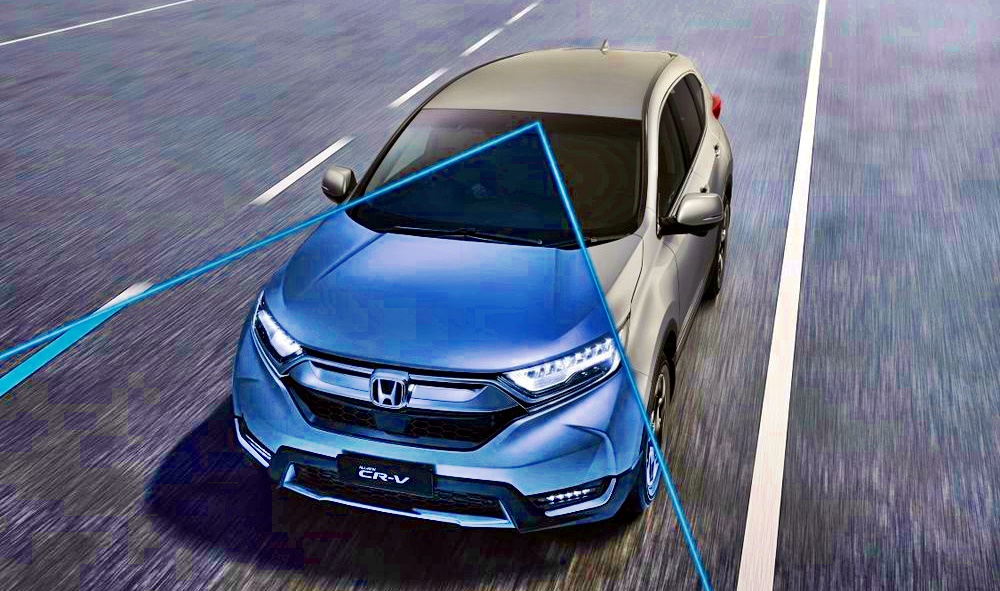
For example, if sensors detect a vehicle ahead and a collision is likely to occur if the car does not decelerate or the driver does not brake, then the system will activate the brakes to bring the car to a stop before it hits the other car. During cruising at set speeds, the system can also ensure that a safe gap is maintained between vehicles by varying the speed.
With Honda SENSING, first introduced in 2014, motorists have gained an intelligent ‘co-driver’ to help with some of the driving work, making motoring safer and also reducing stress and fatigue. Now Honda has upgraded the system to Honda SENSING 360. This is an omnidirectional safety and driver-assistive system which removes blind spots around the vehicle and contributes to collision avoidance and the reduction of driver burden while driving. Further evolved from the previous system, Honda SENSING 360 features an expanded sensing range not only in the front and rear, but omnidirectionally around the vehicle.
Honda SENSING 360 will be introduced next year in models sold in China, and then offered in other markets in following years. No doubt it will also be available in models in Malaysia in due course, upgrading the Honda SENSING system that was first introduced with the CR-V in 2017.
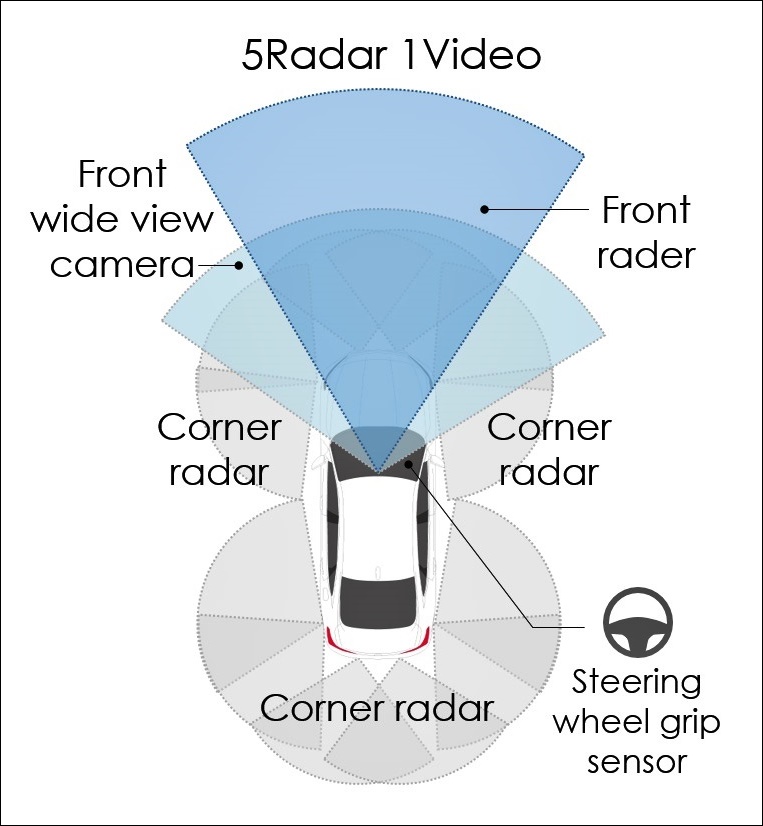
Honda SENSING 360, as the name indicates, provides 360-degree sensing which means complete coverage all around the vehicles. This is achieved by adding a total of 5 millimetre-wave radar sensors in front and at each corner of the vehicle, in addition to the monocular camera mounted at the top of the windscreen (already used in the present system). With the additional sensors, there is expanded sensing range which covers blind spots around the vehicle.
Advancement of Collision Mitigation Braking System
More advanced than the Collision Mitigation Braking System (CMBS) of the current Honda SENSING, the new CMBS has a broader range of detection that is expanded from in front of the vehicle to include all directions around the vehicle. When making a right or left turn at an intersection, if the system detects other vehicles or pedestrians and recognizes the risk of a collision, the CMBS will activate assist the driver in the avoidance and mitigation of a collision with the other vehicle or pedestrian.
Front Cross Traffic Warning
When the vehicle is driving at a low speed or starting from a stop at an, the system notifies the driver of information about vehicles approaching to cross the intersection from the sides and front. Should there be a risk of a collision with the crossing vehicle, the system provides audio warnings and visual warnings on the meter to alert the driver and prompt collision avoidance actions.
Lane Change Collision Mitigation
With multi-lane highways, vehicles move at varying speeds in each lane and there are also occasions when a driver may wish to overtake a slower vehicle. This requires changing lanes to get past and when executing such a manoeuvre, the system can help avoid a collision with a vehicle in the adjacent lane approaching from behind. When the system detects a vehicle approaching from the blind spot behind the vehicle, it provides audio warnings and visual warnings on the meter to alert the driver and also assist steering for collision avoidance.
Active Lane Change Assist
While driving with Adaptive Cruise Control (ACC) with Low-Speed Follow and the Lane Keeping Assist System activated and when certain conditions are satisfied on a highway, if the driver activates the turn signal, the system will assist with steering for the lane change.
Cornering Speed Assist
Although ACC is a more intelligent form of cruise control, it was only applicable for straight roads. When a tight corner was encountered, the driver would have to take control and reduce speed to drive around the corner safely. With Honda SENSING 360, the system will adjust vehicle speed accordingly (if ACC is on). Using a front camera, it detects the curvature of the lane before reaching the curve and assists the driver to drive around it smoothly.
Just as systems like ABS and Vehicle Stability Assist have limitations, Honda SENSING 360 also has a limit to the capabilities (eg recognition capability and control capability). Honda reminds drivers of this and that they still need to pay attention and be ready to act accordingly. The day when the driver can be totally uninvolved in the operation of the vehicle is not here yet, but such systems are taking motorists towards it.
Honda SENSING Elite adds more advanced autonomous capabilities to Legend flagship









